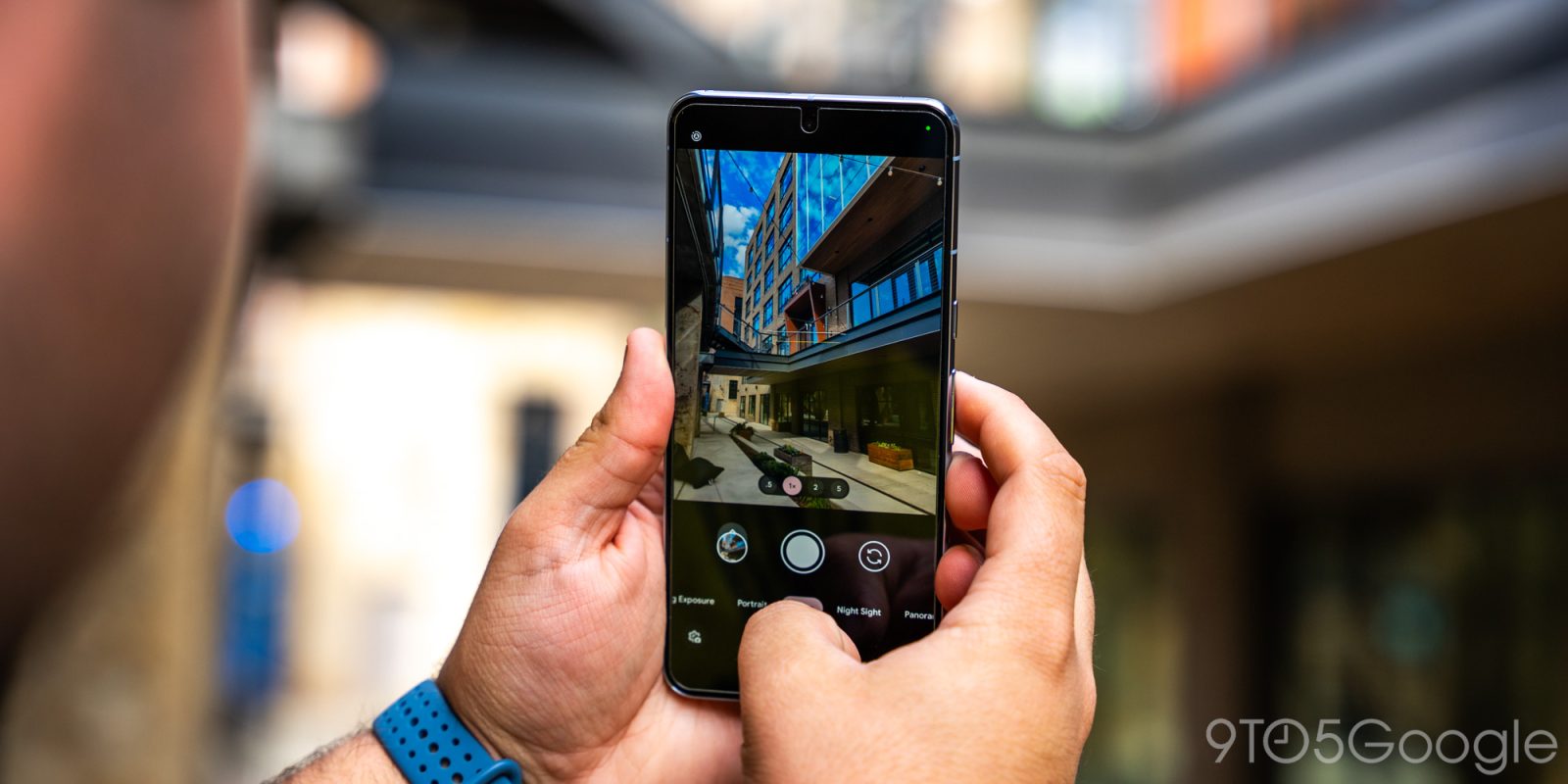
Google’s Pixel 8 Pro has, at least for now, the brightest display on a traditional smartphone sold in the United States. And according to a deeper test, that display is also drastically more power efficient compared to Google’s prior release.
The new “Super Actua” display on the Pixel 8 Pro is an AMOLED LTPO panel at 3120×1440. According to Kamila Wojciechowksa, it’s specifically a Samsung E7 display. And, clearly, it’s a pretty good display. The display on Pixel 8 Pro received a lot of praise through reviews, thanks to its stellar brightness, excellent colors, and more. The 2,400-nit display truly is one of the best on a smartphone today, and as it turns out, that goes beyond just the looks.
Dylan Raga of XDA-Developers, ahead of a deeper dive into the Pixel 8 Pro’s display, revealed on Twitter/X that the Pixel 8 Pro is drastically more power efficient compared to the Pixel 7 Pro. A test shows that the new panel needs just 3W of power to reach 960 nits, less than half of the power that Pixel 7 Pro needed, as its display would draw 6.4W of power at 960 nits.
It’s a drastic year-over-year change, especially when you look at how the Pixel 7 Pro suffered in this area. It drew more power per nit than the Pixel 6 Pro’s display and was drawing more power at its lower top brightness (during the test) of 964 nits compared to the Galaxy S22 Plus, which drew 4.4W while at 1,070 nits.
By comparison, the display in Pixel 8 Pro is actually even more power efficient compared to the displays in the iPhone 14 Pro Max and Samsung Galaxy S23 Ultra. To hit 960 nits, at least in this test, both Apple and Samsung devices required closer to 4W of power compared to the Pixel’s draw of 3W, and the Pixel’s display continued to be brighter, using less power as the brightness was turned up. Raga said the Pixel is “leaps” ahead of Apple and Samsung here.
Of course, Google’s lead won’t last forever. Samsung is expected to adopt a new display panel in the Galaxy S24 series that maxes out at 2,500 nits, and it’s only logical that power efficiency improvements are planned. Currently, it’s also unclear how this compares to the iPhone 15 Pro Max or how the smaller Pixel 8 stacks up, but Raga teases more tests talking about the latter coming soon.
More on Google Pixel 8:
- Google Pixel 8’s new setup process is easy, but doesn’t always let you use a cable
- Pixel 8 Pro Initial Review: It’s all coming together
- How to choose the right charger for your Pixel 8
FTC: We use income earning auto affiliate links. More.

Comments